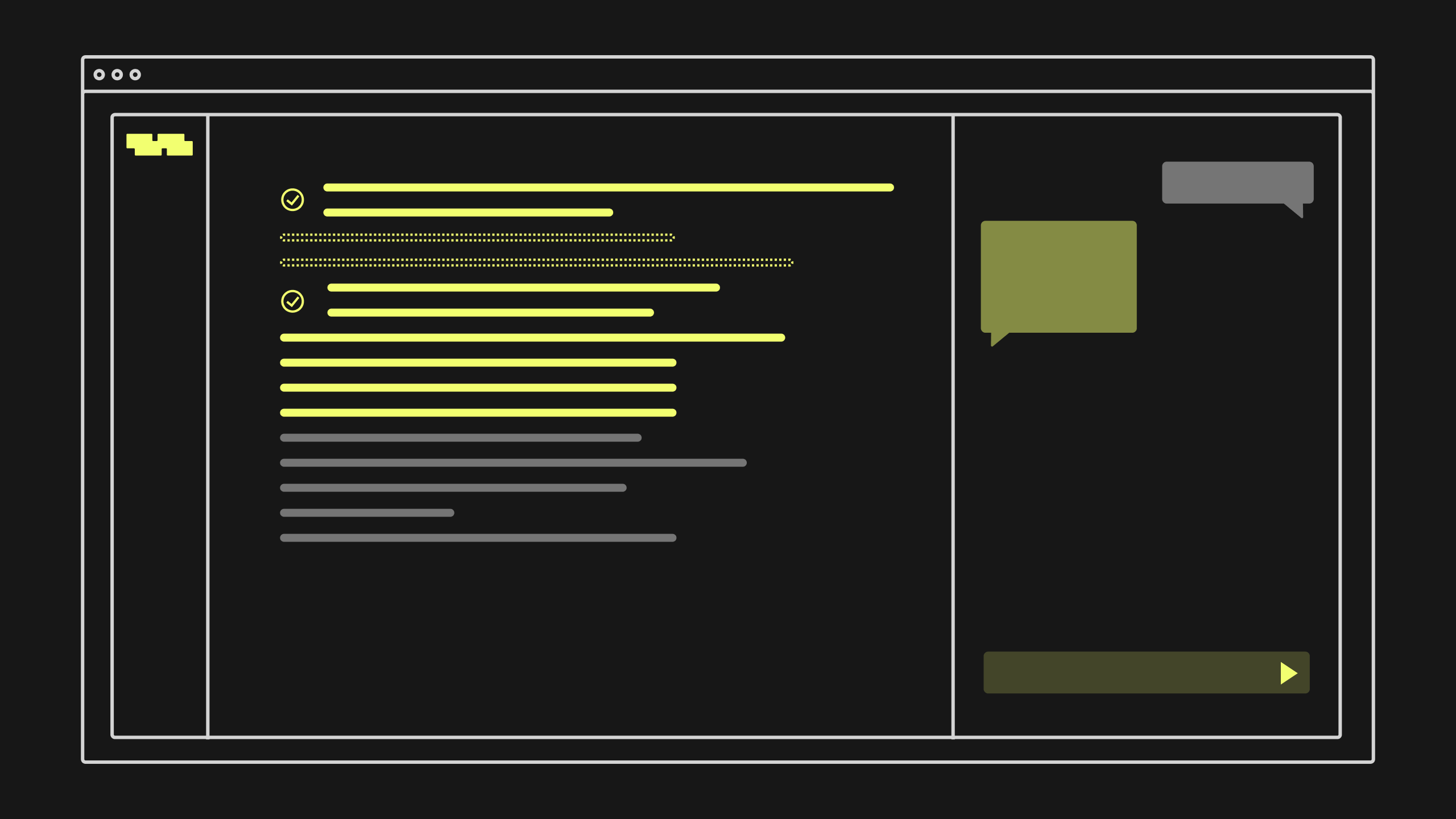
Key Takeaways
AI automation systems that operate using natural language, like English, are essential for building a resilient, governable, and truly intelligent enterprise. Systems not based in natural language create “black boxes” where the core logic is unreadable and untrustworthy to the business users who own the outcomes.
- What it does: Using English as the code itself eliminates the communication gap between business and IT by allowing business experts’ intentions to be directly captured as executable logic.
- The business impact: As AI takes on more critical business functions, the need for transparency and governance becomes paramount. Choosing an automation platform that speaks a natural language is foundational for building a resilient, govern-albe, and truly intelligent enterprise.
The race to implement AI in real production use cases is on, but most companies are being sold a lie. You’re told that you need to choose between the high priesthood of traditional code or the polished simplicity of low-code, no-code interfaces. The problem is that both of these paths lead to the exact same destination: a black box.
It’s an automation system where the core logic is completely unreadable to the people who own the outcomes. This forces critical questions every leader should be asking. “Why would I trust a system I can’t understand? What is being hidden from me behind the curtain of vibe coding or complex diagrams?”
The truth is, any system that doesn’t speak your language, plain English (or natural language writ large), is asking for your blind faith in its programming. In the era of AI and just like your mentor told you, hope is not a strategy.
The only way to automate at scale, safely and effectively, is to build on a language that every stakeholder in your business already speaks.
Low-Code, No-Code as Prettier Black Box
Low-code platforms emerged with a powerful promise to democratize automation. They replaced code with visual blocks, making it seem like anyone could build a robust process. But for any real business process, this simplicity is a mirage.
As soon as you introduce conditional logic and exception handling, the neat flowchart devolves into “visual spaghetti,” a tangled mess just as opaque as the code it was meant to simplify. You’ve simply traded one black box for another, more colorful one.
The majority of enterprise-scale low-code applications eventually require significant refactoring by professional developers, negating the initial speed advantage. They hit a wall. Breaking through it means reverting to the old, broken model.
The “Game of Telephone” Between Business and IT
For decades, the biggest obstacle to effective automation has been the communication gap between business experts and technical teams. The business describes a need, it gets translated into a spec document, which is then translated again into code. Every translation is a point of failure, a “game of telephone” where critical intent is lost by what comes out of the other end.
Low-code was supposed to solve this, but it just introduced a new, clunkier translator. Now the business expert explains the process to a low-code developer who manipulates the interface. The core problem remains. A six-to-eight-figure consulting engagement just papers over the same cracks.
English-as-code eliminates the translation layer entirely.
When the business process described in plain English is the code, there is nothing to translate. The expert’s intent is captured directly as executable logic. This is how you achieve true alignment.
Unavoidable Demand for AI You Can Actually Read
As AI takes on critical tasks like financial reporting and customer communications, the demand for transparency has become a C-suite mandate and is likely to become a legal one. You wouldn’t let an accountant manage your books in a language you couldn’t read. So why would you let an AI run your business operations that way?
This is all about governance. A 2024 McKinsey research report confirmed this, showing that 91% of respondents do not believe their organization is set up to scale AI use safely and responsibly. Leaders intuitively know that if you can’t read it, you can’t govern it, and you certainly can’t trust it. The same McKinsey report writes, “To capture the full potential value of AI, organizations need to build trust…Trust in AI comes via understanding the outputs of AI-powered software and how—at least at a high level—they are created.” It can’t be written in computer languages like Python.
The danger is real. A 2025 Anagram Security survey found that now approximately 78% of employees use AI tools, often without clear company policies or governance. Furthermore, 58% revealed that they’ve provided LLMs with sensitive data.. This “Shadow AI” creates massive holes in security and compliance. The only way to fight it is with a platform that brings automation into the light. A platform that is inherently transparent because its logic is written in plain English with governance tooling provided to IT.
Don’t Speak Computer, Make Computer Speak You
The choice you make for your automation platform defines your company’s future. You can choose a black box and accept the risk, the bottlenecks, and the constant need for translators. Or you can choose a new path.
Demand that your automation speaks your language. English-as-code is not a feature. It is the foundation for a resilient, governable, and truly intelligent enterprise. It’s time to stop building systems that hide their logic and start building systems that declare it, clearly and openly, for all to see.
Ready to build with a language you can trust? Learn more about the Kognitos natural language platform.
Discover the Power of Kognitos
Our clients achieved:
- 97%reduction in manual labor cost
- 10xfaster speed to value
- 99%reduction in human error








